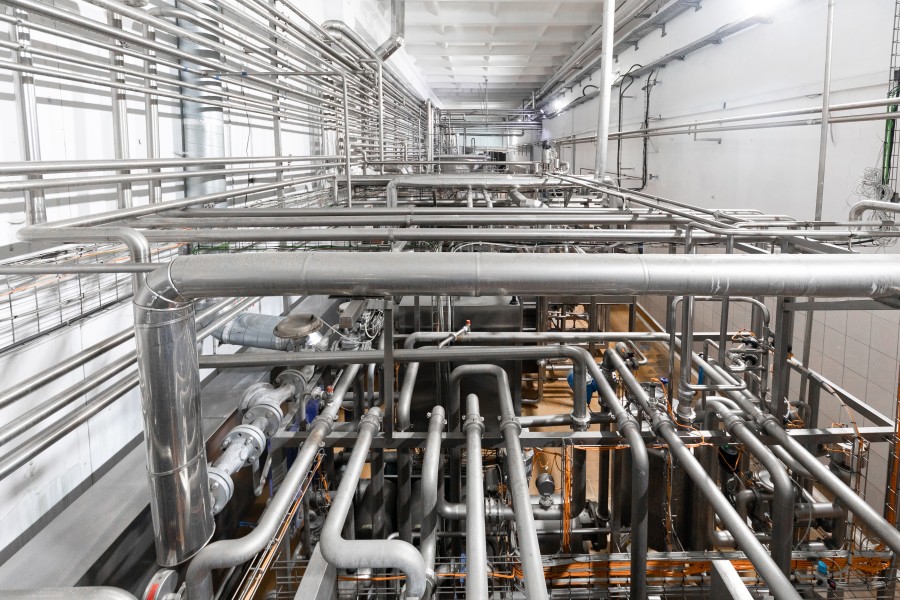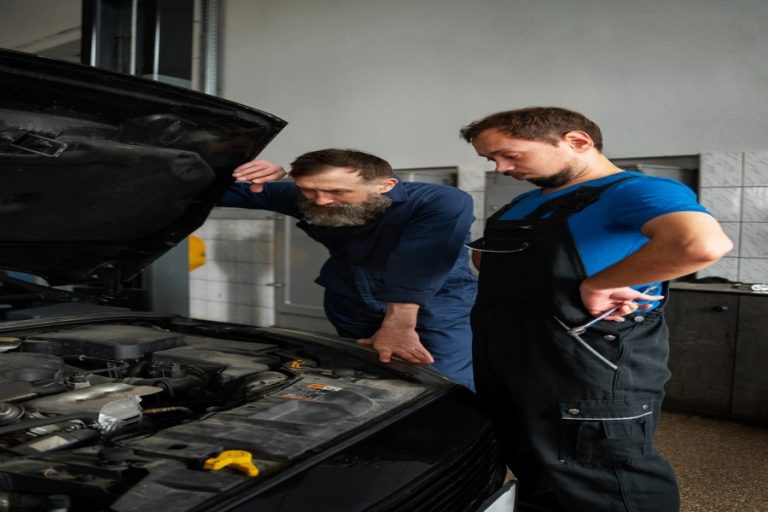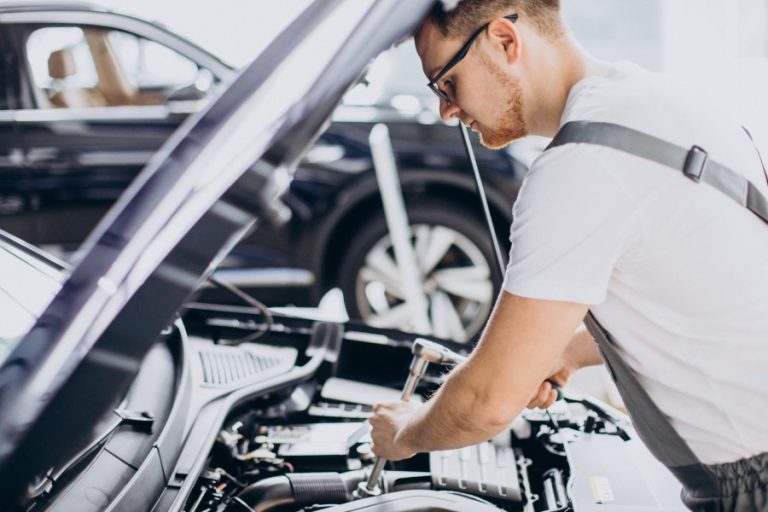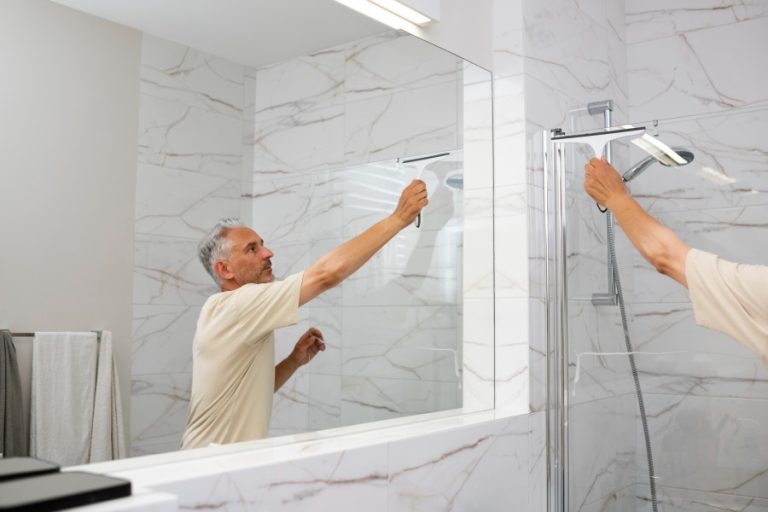Efficiency: Aluminium Pump Room Installation Guide
Efficiency and Durability: Aluminium Pump Room Installation Guide
In the realm of industrial and commercial infrastructure, efficiency and durability stand as paramount pillars for success. When it comes to housing essential pumping equipment, opting for the right material for construction can make a significant difference. Enter aluminium pump room installation, a modern solution that marries strength, versatility, and longevity seamlessly. In this comprehensive guide, we delve into the intricacies of Aluminium pump room installation, exploring its benefits, the installation process, maintenance tips, and why it’s the preferred choice for discerning professionals.
Understanding Aluminium Pump Room Installation
Before delving into the specifics, let’s grasp the significance of pump rooms themselves. A pump room serves as the nerve center of various industrial and commercial operations, housing critical equipment like pumps, valves, and control systems. These components are vital for functions such as water distribution, wastewater management, HVAC systems, and more. Therefore, the integrity of the pump room directly influences the efficiency and reliability of these processes.
Traditionally, pump rooms were constructed using materials like steel or concrete. While these materials offer strength, they often come with drawbacks such as susceptibility to corrosion, hefty weight, and labor-intensive installation processes. Aluminium, on the other hand, emerges as a modern alternative that addresses these concerns comprehensively.
Benefits of Aluminium Pump Room Installation
Corrosion Resistance:
Aluminium boasts exceptional corrosion resistance, making it ideal for environments with high moisture levels or chemical exposure. Unlike steel, which may succumb to rust over time, aluminium remains unaffected, ensuring longevity and reliability.
Lightweight:
One of aluminium’s most significant advantages is its lightweight nature. This property simplifies transportation and installation processes, reducing labor costs and time significantly. Additionally, it enables the construction of pump rooms in areas where heavy materials may pose logistical challenges.
Strength and Durability:
Despite its lightweight nature, aluminium is remarkably sturdy. It can withstand harsh environmental conditions, including extreme temperatures and weather fluctuations, without compromising structural integrity. This durability ensures prolonged service life and minimal maintenance requirements.
Versatility:
Aluminium’s versatility extends beyond its physical properties. It allows for customizable designs, catering to specific project requirements seamlessly. Whether it’s a compact pump room for a small-scale operation or a sprawling facility for an industrial complex, aluminium can adapt to diverse needs effortlessly.
Energy Efficiency:
Aluminium’s excellent thermal conductivity facilitates efficient temperature regulation within the pump room. By minimizing heat transfer, it helps maintain optimal conditions for equipment operation, thereby reducing energy consumption and operational costs.
Sustainability:
As sustainability gains prominence in construction practices, aluminium emerges as a eco-friendly choice. It is fully recyclable, allowing for resource conservation and waste reduction. Opting for aluminium pump room installation aligns with green building initiatives and demonstrates a commitment to environmental responsibility.
Aluminium Pump Room Installation Process
Now that we’ve established the benefits of aluminium pump rooms, let’s outline the installation process:
Site Preparation:
Begin by selecting a suitable location for the pump room based on accessibility, proximity to utilities, and operational requirements. Clear the site of any debris and ensure a level foundation for construction.
Design and Fabrication:
Collaborate with experienced engineers and designers to develop a customized pump room layout that optimizes space and functionality. Utilize advanced fabrication techniques to precision-cut aluminium components according to the approved design.
Transportation and Assembly:
Due to aluminium’s lightweight nature, transportation and assembly are relatively straightforward. Transport prefabricated components to the site and assemble them according to the provided instructions. Employing skilled professionals ensures accuracy and efficiency during this phase.
Integration of Equipment:
Once the basic structure is in place, integrate the necessary pumping equipment, valves, piping, and control systems. Ensure proper alignment and connectivity to facilitate seamless operation.
Finishing Touches:
Apply protective coatings or finishes to enhance corrosion resistance and aesthetics. Conduct thorough quality checks to verify structural integrity and functionality.
Testing and Commissioning:
Prior to commissioning the pump room, conduct comprehensive testing to validate equipment performance, safety features, and regulatory compliance. Address any issues promptly to ensure optimal functionality upon deployment.
Maintenance Planning:
Develop a proactive maintenance plan to preserve the pump room’s efficiency and longevity. Regular inspections, lubrication, and cleaning routines are essential to prevent potential issues and maximize operational uptime.
Maintenance Tips for Aluminium Pump Rooms
Maintaining an aluminium pump room is relatively straightforward, thanks to the material’s inherent properties. However, adhering to a structured maintenance regimen can further enhance performance and longevity. Here are some essential tips:
Regular Inspections:
Schedule routine inspections to assess the condition of aluminium components, joints, and fasteners. Look for signs of corrosion, deformation, or wear and address any issues promptly.
Cleaning and Debris Removal:
Keep the pump room environment clean and free of debris that could potentially compromise equipment operation. Regularly remove dirt, dust, and other contaminants from surfaces and ventilation systems.
Lubrication:
Apply lubricants to moving parts and hinges to reduce friction and prevent premature wear. Use products recommended by manufacturers to ensure compatibility and effectiveness.
Corrosion Protection:
Periodically inspect aluminium surfaces for signs of corrosion and apply protective coatings or sealants as necessary. Choose products specifically formulated for aluminium to ensure optimal performance.
Temperature Control:
Maintain optimal temperature and humidity levels within the pump room to prevent condensation and minimize the risk of corrosion. Install ventilation systems or climate control devices as needed.
Emergency Preparedness:
Develop contingency plans and emergency protocols to address unforeseen events such as equipment failures or environmental hazards. Ensure personnel are trained to respond effectively to emergencies and mitigate risks.
By following these maintenance tips diligently, you can prolong the lifespan of your aluminium pump room and ensure uninterrupted operation of essential pumping equipment.
Conclusion
In the realm of industrial infrastructure, the choice of materials can significantly impact performance, longevity, and operational efficiency. Aluminium pump room installation emerges as a modern solution that addresses the evolving needs of various industries. Its unique combination of corrosion resistance, lightweight construction, and durability makes it an ideal choice for housing critical pumping equipment.
By understanding the benefits of aluminium pump rooms and following best practices for installation and maintenance, professionals can maximize the return on investment while ensuring reliable operation for years to come. As industries continue to prioritize efficiency and sustainability, aluminium pump room installation stands at the forefront of innovation, driving progress and reliability in essential infrastructure.
Incorporating aluminium pump rooms into your next project could be the key to unlocking enhanced performance, durability, and efficiency, setting a new standard for industrial infrastructure in the 21st century.







